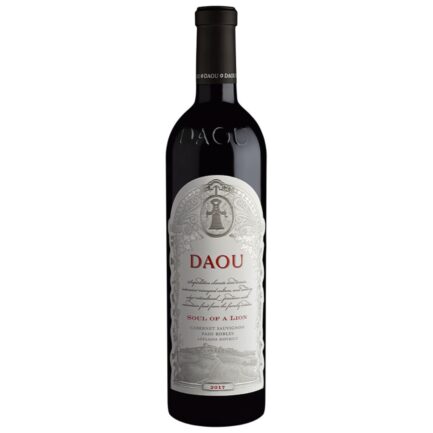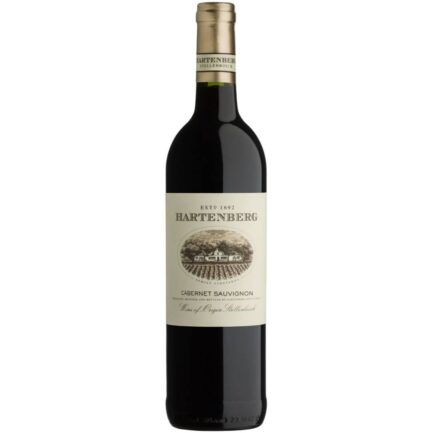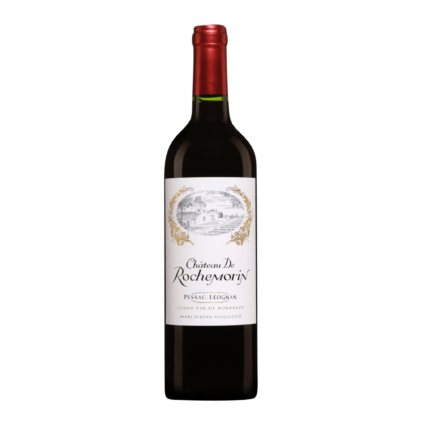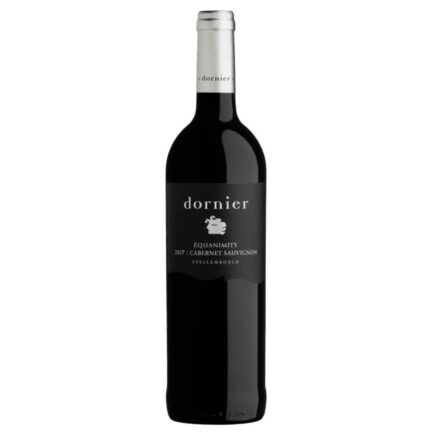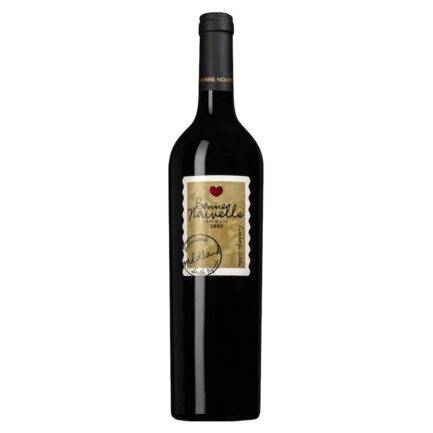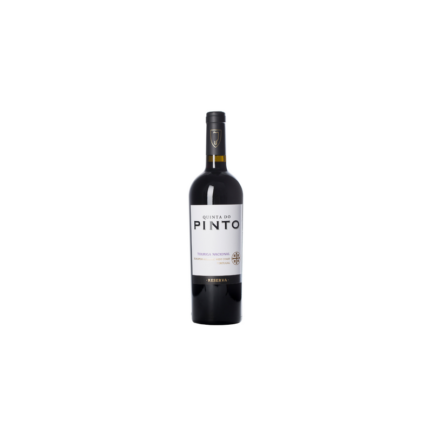Cabernet Sauvignon is a dark, brooding grape variety most famously grown on the left bank of the Gironde River in Bordeaux. It’s the world’s most popular red wine, producing full-bodied wines, and is cultivated in regions around the world. Let’s find out more about it!
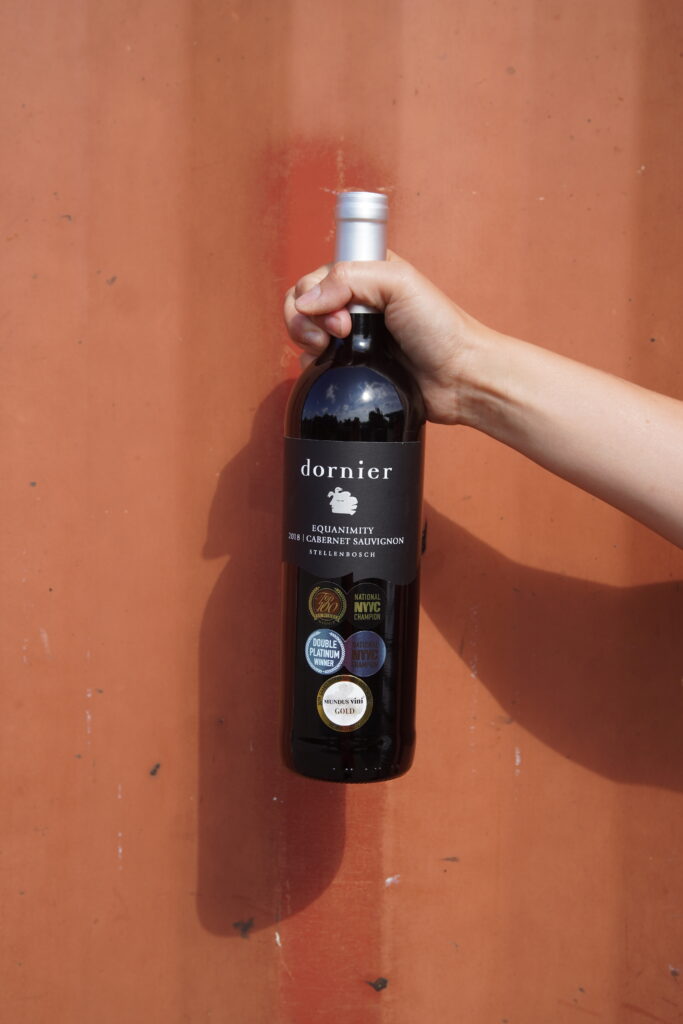
About the grape
Cabernet Sauvignon is a cross between Cabernet Franc and Sauvignon Blanc, sharing many of their characteristics. It has high tannins, vibrant acidity, and typically displays an abundance of black fruit flavors, notably blackcurrant and cassis. It often has herbaceous notes of bell pepper, blackcurrant leaf, menthol, or eucalyptus. With age, Cabernet Sauvignon can become wonderfully savory, evolving notes of cigar box, leather, and cedar.
Most of the finest examples of Cabernet Sauvignon are either vinified or aged in oak, which helps temper its high and sometimes aggressive tannins and adds aromatic complexity with notes of sweet spice, vanilla, and cocoa. Additionally, Cabernet Sauvignon is often blended with other grape varieties, most notably Merlot, to balance its structure.
Notable Regions
The two most famous regions for Cabernet Sauvignon are Bordeaux and Napa Valley. Bordeaux produces Cabernet with fresher fruit character, often with more mineral and savory tones, while Napa offers Cabernet with plush, ripe fruit and more supple tannins in its youth.
Other notable wine regions to look out for include Washington State, Australia’s Coonawarra and Margaret River, and numerous appellations across Chile and South Africa, especially around Stellenbosch. In Italy, Cabernet Sauvignon can be a key component in the Super Tuscan wines, such as Tignanello and Sassicaia.
Food Pairings
Due to its structured nature, Cabernet Sauvignon pairs well with red meat, especially lamb cooked with rosemary and thyme, which enhances the wine’s naturally herbaceous hints. It’s also exceptional with a rib of beef. For a vegetarian alternative, consider pairing it with stuffed mushrooms.
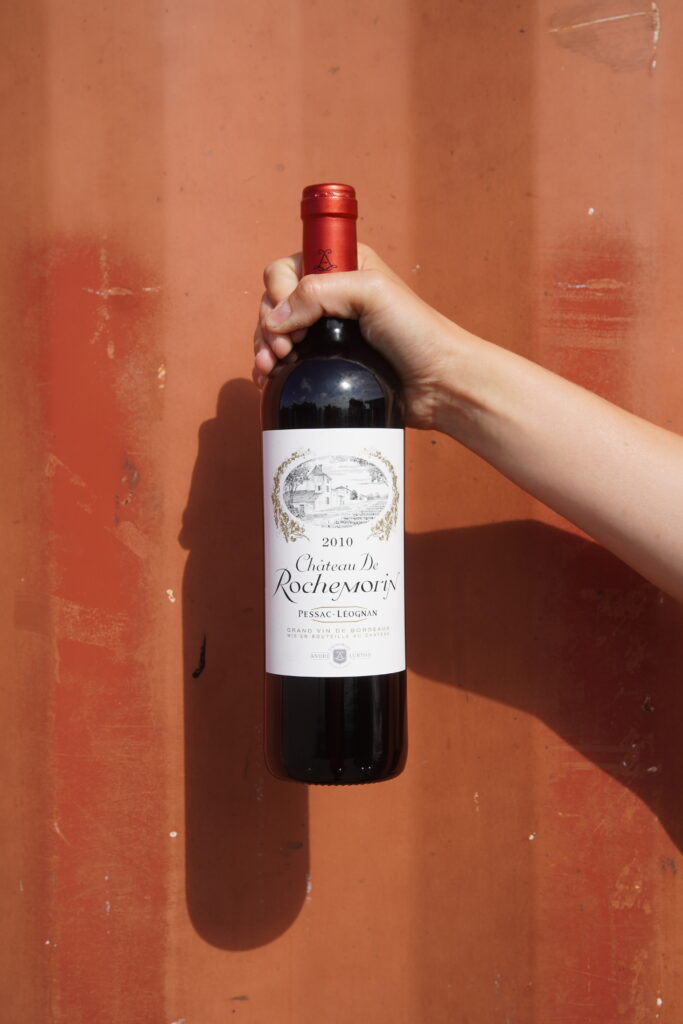

A look at some alternatives
If you enjoy fruit-forward styles of Cabernet, you can, of course, explore its blending partner Merlot, but look for those that are fuller-bodied and have higher alcohol content. Alternatively, consider Touriga Nacional, a black grape traditionally used in Port that shares many of Cabernet’s black fruit characteristics; more single-varietal options are becoming readily available.
For more herbaceous alternatives, try Carmenère, which has great black pepper and green pepper notes. You could also explore Cabernet Franc, Cabernet Sauvignon’s parent grape. While it is a lighter style of wine, it offers delightful herbal notes.
Explore more alternatives below
